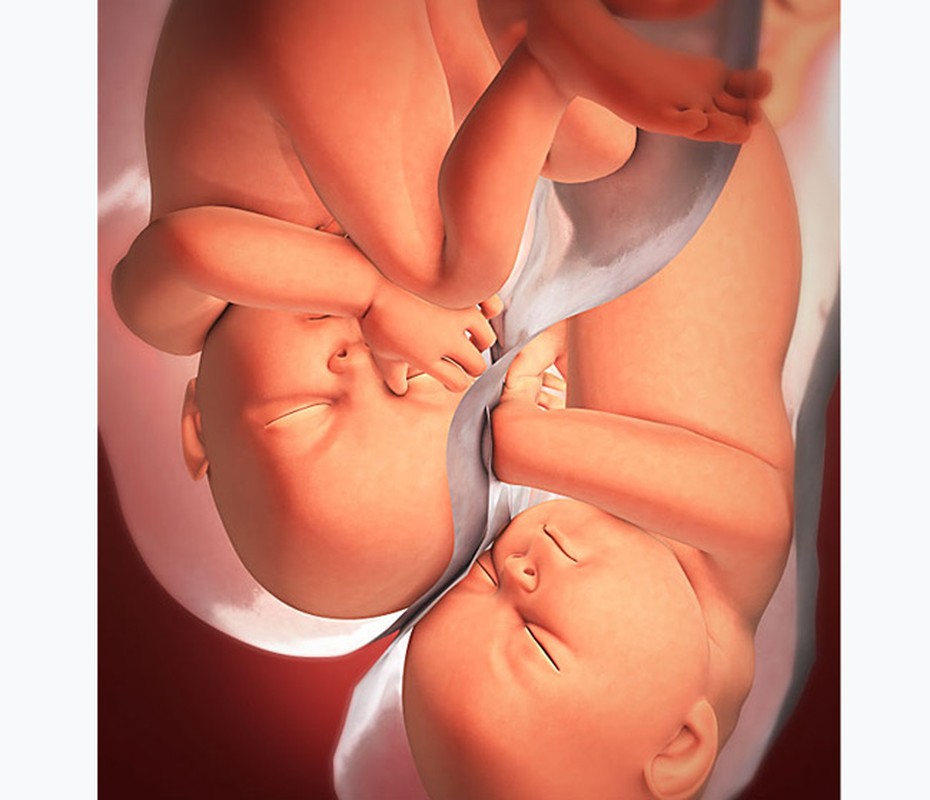
It is evident that twins in the mother’s womb have to endure much tighter conditions when they have to share their “home” with their remaining twin siblings.
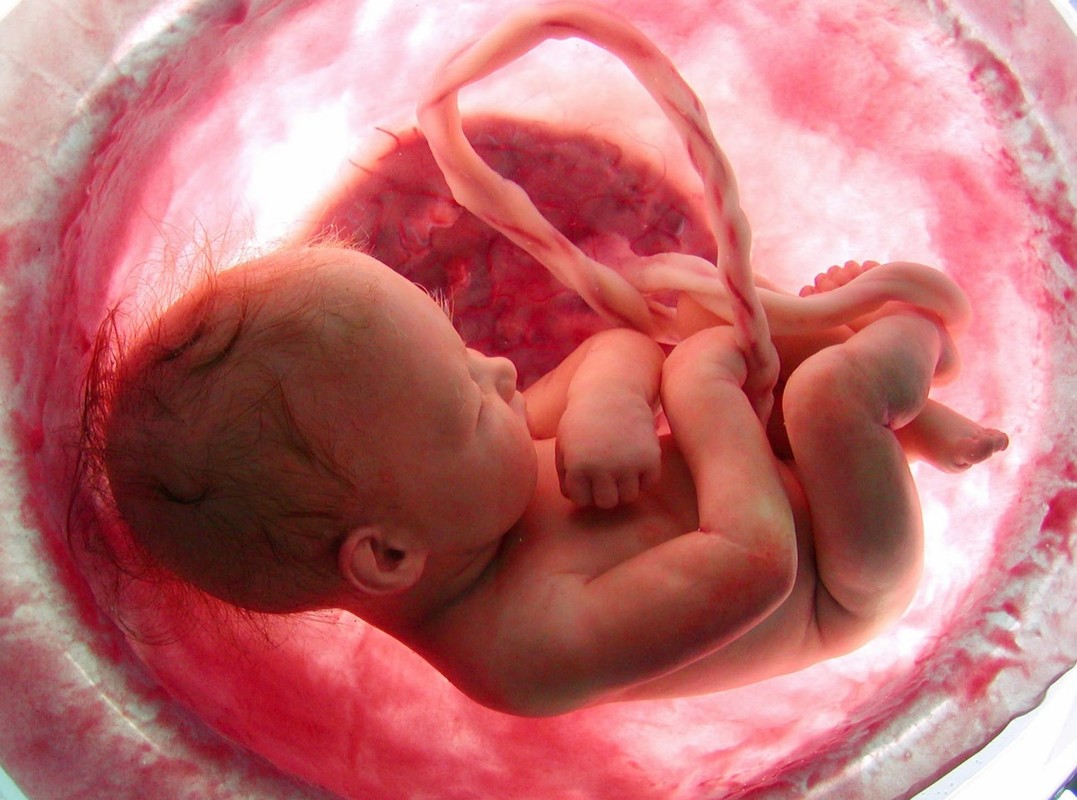
On average, the weight of each twin after birth is only about 2.2 kg (4.85 lbs), with even lower weights for cases of triplets or quadruplets.

During the first 20 weeks, the babies still have a significant amount of space to freely move and “wiggle” inside the mother’s womb.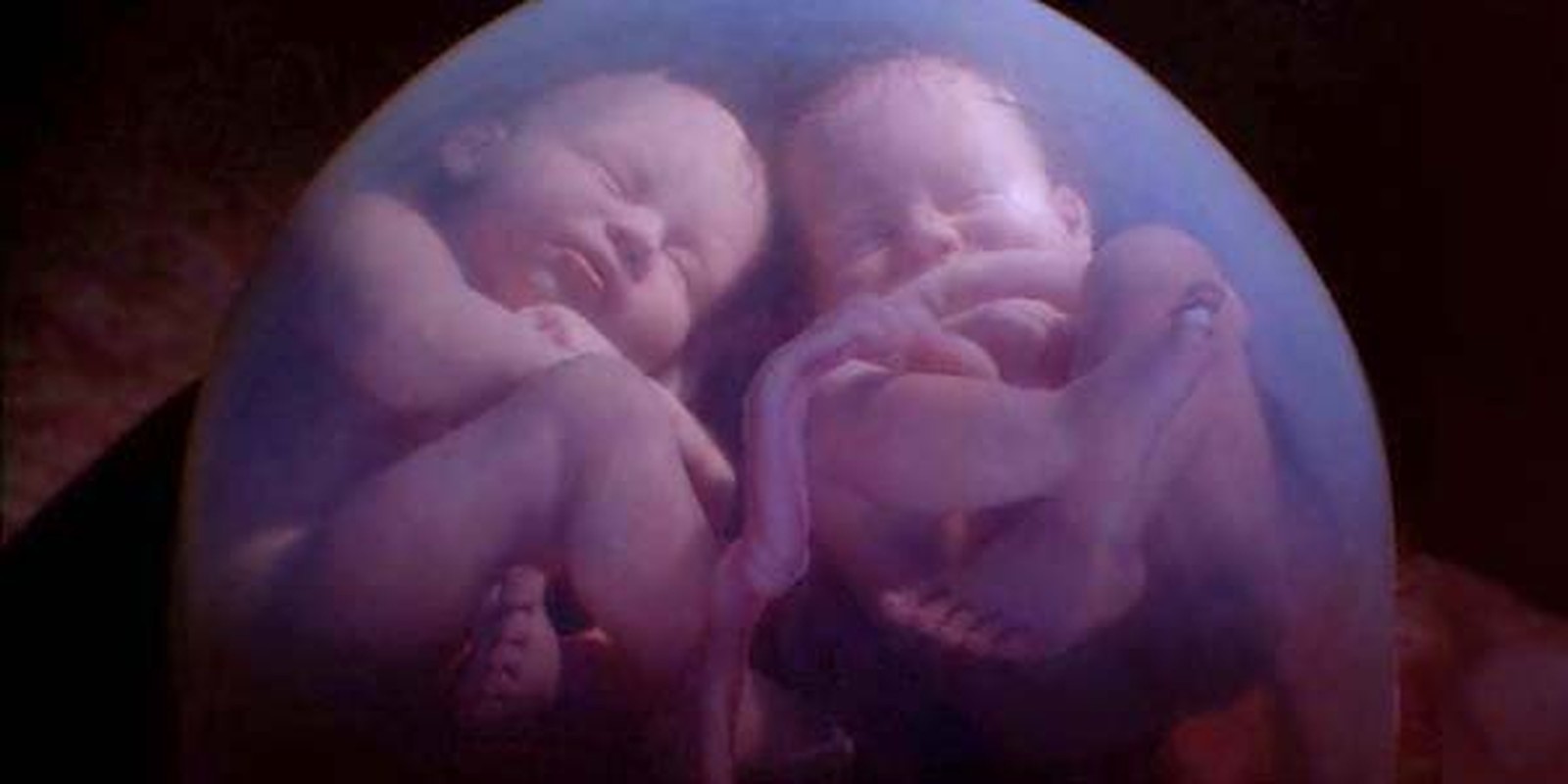
However, starting from the 28th week, this space gradually becomes more cramped as the amniotic sac and the uterus of the mother cannot expand any further.
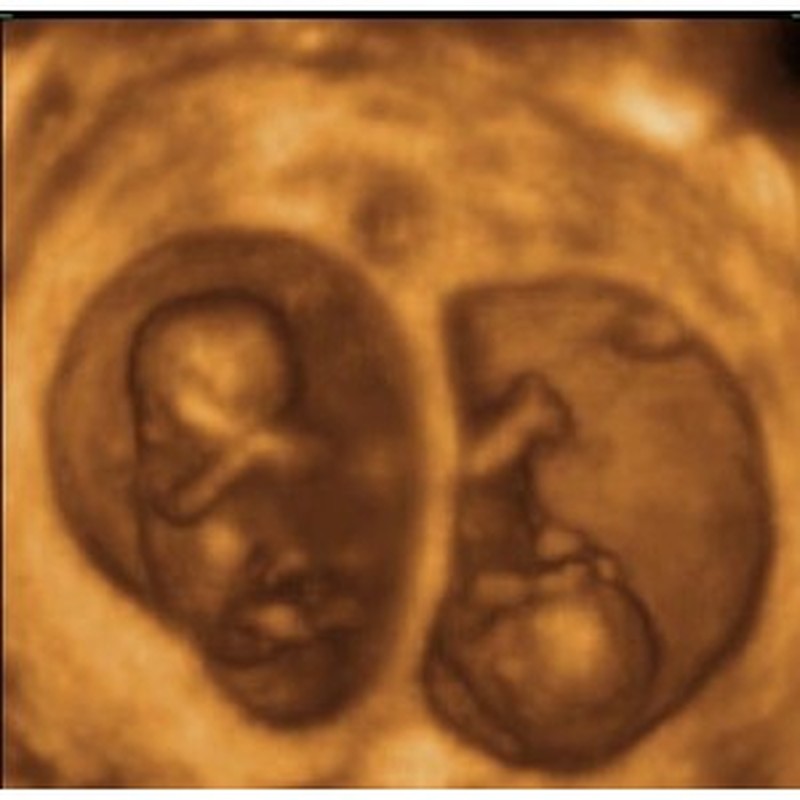
Twin babies often have different positions inside the mother’s womb. The process of turning heads to prepare for “coming out” can occur in one or both babies, or it may not occur at all.
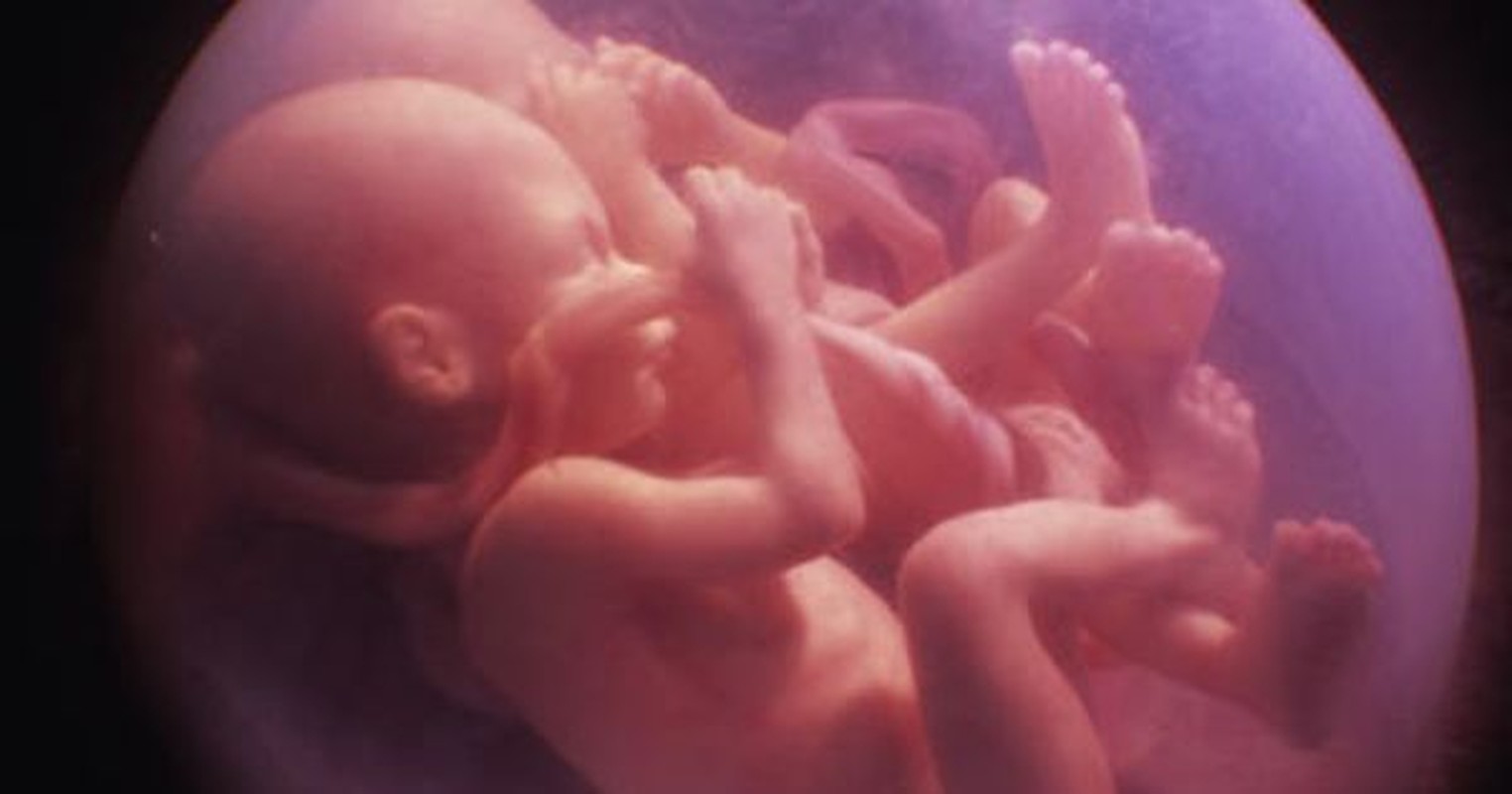
In cases where the fetus does not turn head-down for a vaginal birth, doctors often recommend a cesarean section to ensure the safety of both the mother and the baby.
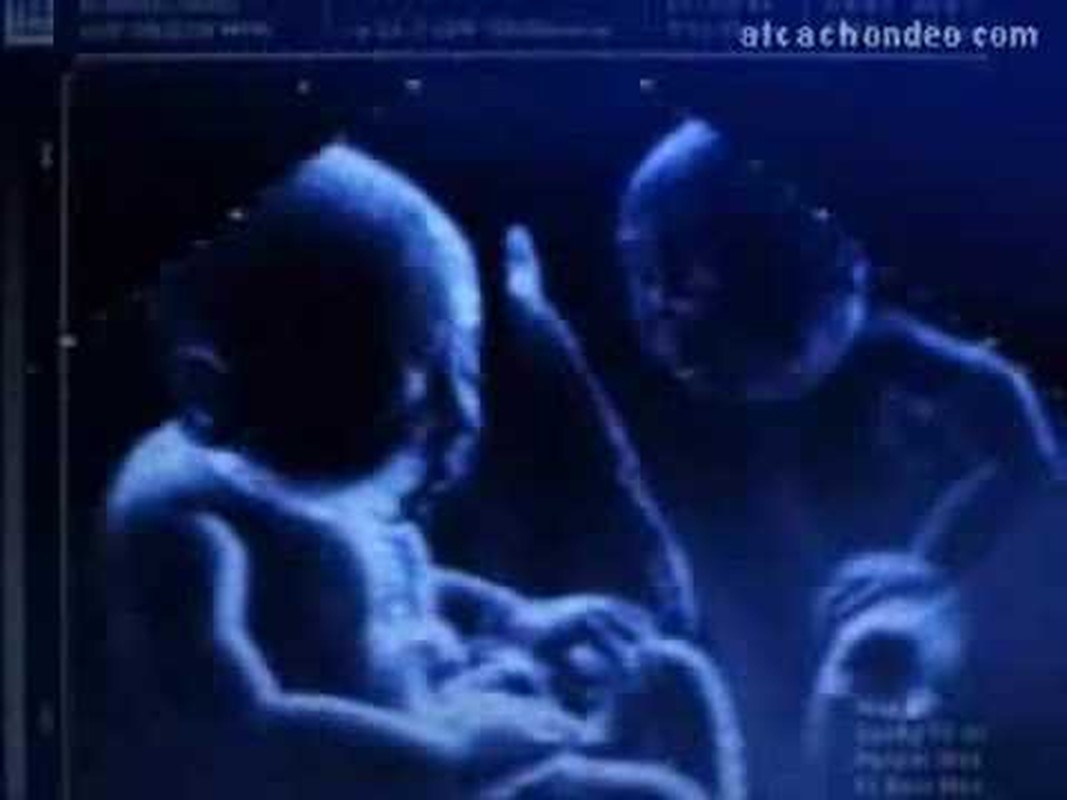
Twin babies in the mother’s womb can assume various positions that can be quite amusing.
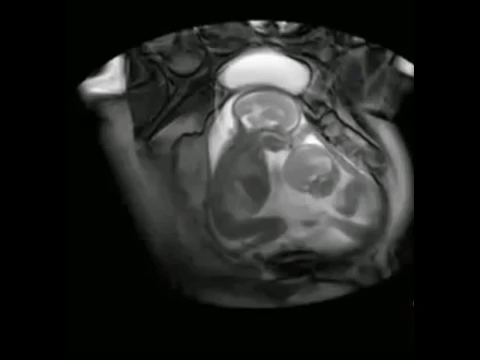
Indeed, the babies may even kick each other to vie for space within the confined quarters.
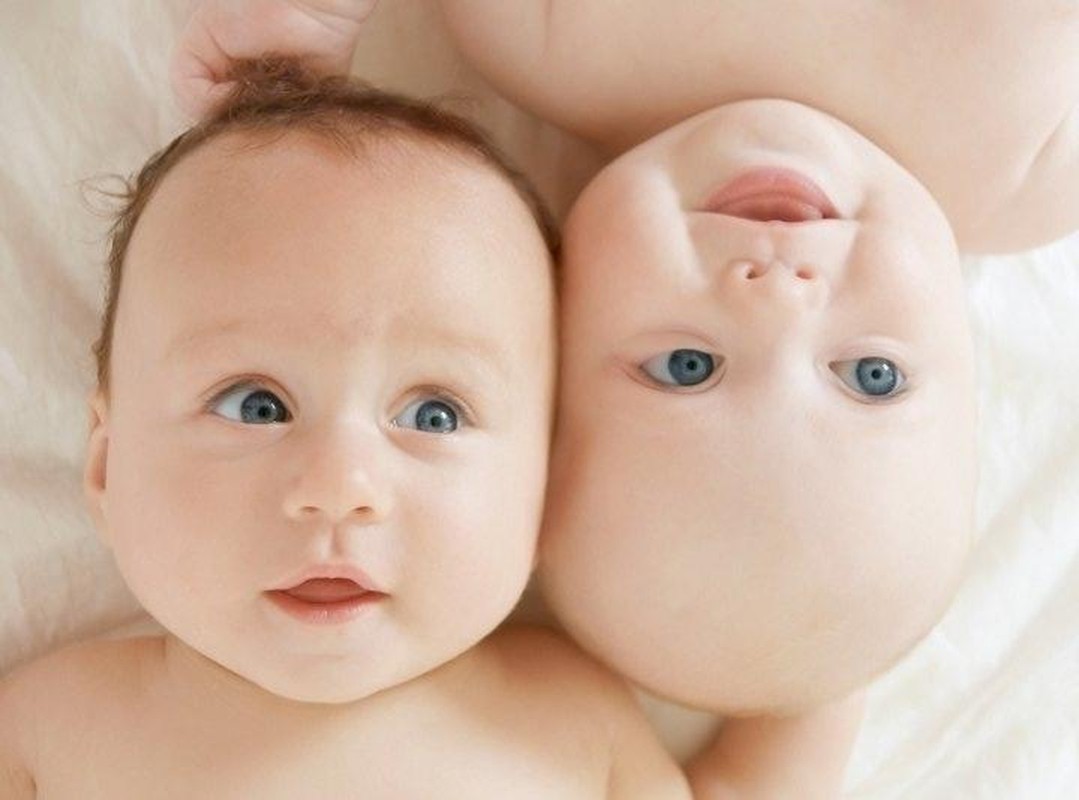
Despite that, it is universally recognized that twin babies, when born, often appear incredibly adorable.




